 The Indian Space Research Organisation (ISRO), the space agency of the government of India responsible for the country's space research and exploration programs, has achieved a major milestone in the human rating of its CE20 cryogenic engine, which powers the cryogenic stage of the human-rated LVM3 launch vehicle for Gaganyaan human spaceflight missions, with the completion of the final round of ground qualification tests. "ISRO's CE20 cryogenic engine is now human-rated for Gaganyaan missions," the space agency announced on 'X' on Wednesday.
The Indian Space Research Organisation (ISRO), the space agency of the government of India responsible for the country's space research and exploration programs, has achieved a major milestone in the human rating of its CE20 cryogenic engine, which powers the cryogenic stage of the human-rated LVM3 launch vehicle for Gaganyaan human spaceflight missions, with the completion of the final round of ground qualification tests. "ISRO's CE20 cryogenic engine is now human-rated for Gaganyaan missions," the space agency announced on 'X' on Wednesday.
 Researchers at the Leibniz Institute for Solid State and Materials Research at IFW Dresden, Germany, have found proof for surface superconductivity in a class of topological materials known as Weyl semimetals. Interestingly, the superconductivity, which comes from electrons confined in so-called Fermi arcs, is slightly different on the top and bottom surfaces of the sample studied. The phenomenon could be used to create Majorana states – long-sought after quasiparticles that could make extremely stable, fault-tolerant quantum bits for next-generation quantum computers. Meanwhile, another group at Penn State University in the US has fabricated a chiral topological superconductor by combining two magnetic materials. Majorana states might also be found in this new material.
Researchers at the Leibniz Institute for Solid State and Materials Research at IFW Dresden, Germany, have found proof for surface superconductivity in a class of topological materials known as Weyl semimetals. Interestingly, the superconductivity, which comes from electrons confined in so-called Fermi arcs, is slightly different on the top and bottom surfaces of the sample studied. The phenomenon could be used to create Majorana states – long-sought after quasiparticles that could make extremely stable, fault-tolerant quantum bits for next-generation quantum computers. Meanwhile, another group at Penn State University in the US has fabricated a chiral topological superconductor by combining two magnetic materials. Majorana states might also be found in this new material.
Read More
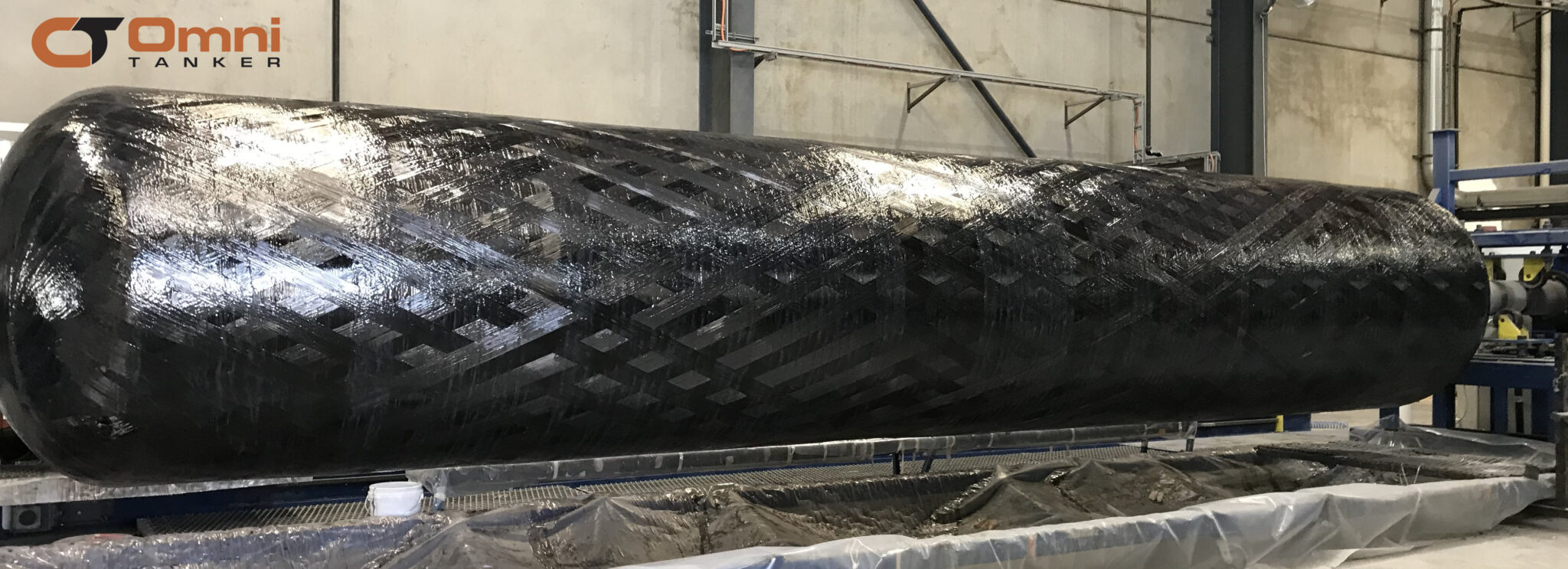 In a groundbreaking collaboration, Lockheed Martin, Omni Tanker and UNSW Sydney have joined forces to pioneer and commercialize world-first composite tank technologies. This ambitious project, supported by a grant from the Federal Government’s Advanced Manufacturing Growth Centre (AMGC), aims to tackle the challenges associated with using composites for the transportation and storage of liquid hydrogen across various applications – from ground and air to underwater and space.
In a groundbreaking collaboration, Lockheed Martin, Omni Tanker and UNSW Sydney have joined forces to pioneer and commercialize world-first composite tank technologies. This ambitious project, supported by a grant from the Federal Government’s Advanced Manufacturing Growth Centre (AMGC), aims to tackle the challenges associated with using composites for the transportation and storage of liquid hydrogen across various applications – from ground and air to underwater and space.
Read More
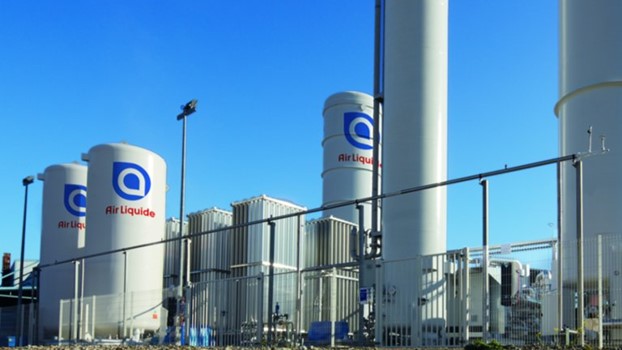 In 2023, Air Liquide set a new record by signing 62 new small gas production units directly installed on its customers' sites in the industrial merchant and electronics sectors in 2023. This growth reflects the increased demand for these solutions, and illustrates our capacity to meet customers' needs. They offer real advantages: a continuous, reliable supply of gas, adapted to each client's production needs and helping to reduce carbon emissions.
In 2023, Air Liquide set a new record by signing 62 new small gas production units directly installed on its customers' sites in the industrial merchant and electronics sectors in 2023. This growth reflects the increased demand for these solutions, and illustrates our capacity to meet customers' needs. They offer real advantages: a continuous, reliable supply of gas, adapted to each client's production needs and helping to reduce carbon emissions.
Read More
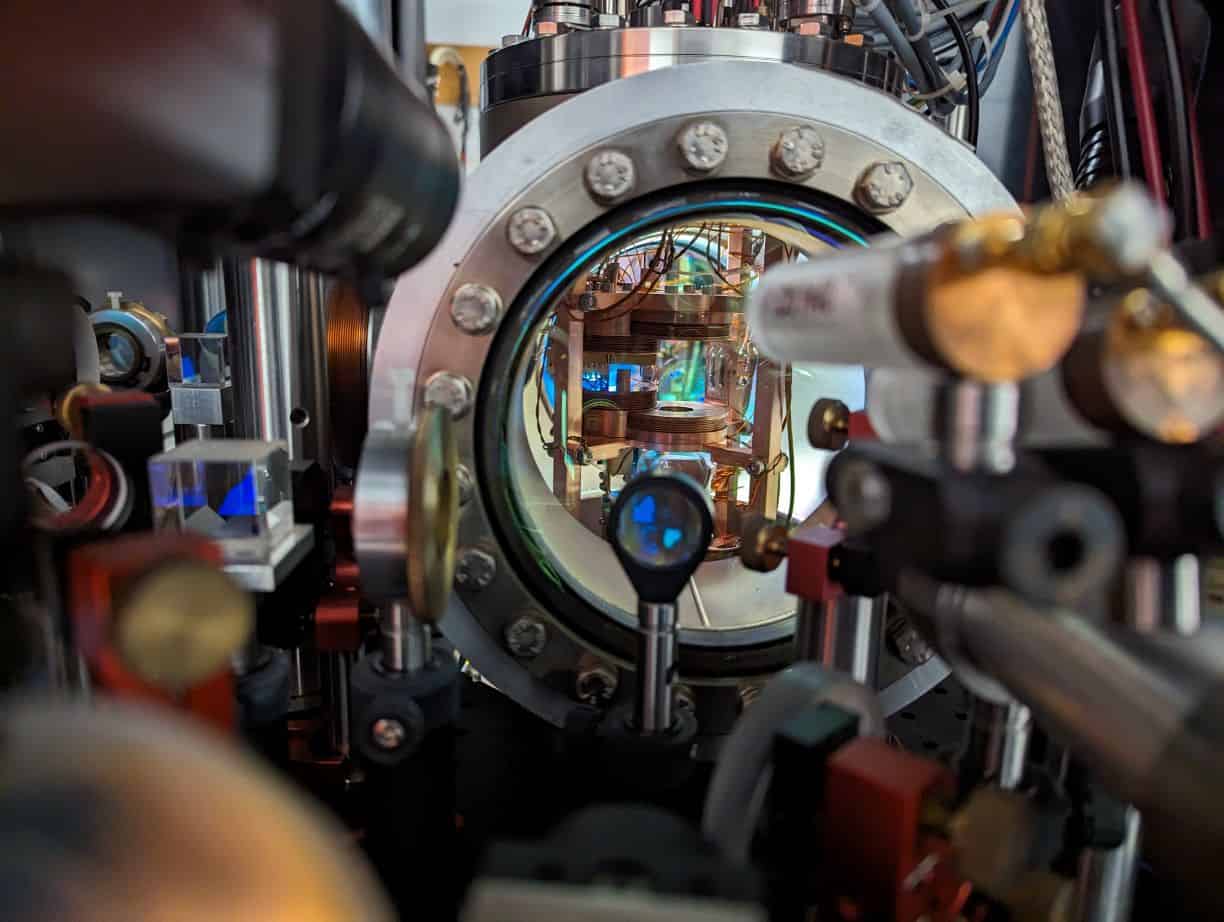 Cold atoms solve many problems in quantum technology. Want a quantum computer? You can make one from an array of ultracold atoms. Need a quantum repeater for a secure communications network? Cold atoms have you covered. How about a quantum simulator for complicated condensed-matter problems? Yep, cold atoms can do that, too.
Cold atoms solve many problems in quantum technology. Want a quantum computer? You can make one from an array of ultracold atoms. Need a quantum repeater for a secure communications network? Cold atoms have you covered. How about a quantum simulator for complicated condensed-matter problems? Yep, cold atoms can do that, too.
Read More
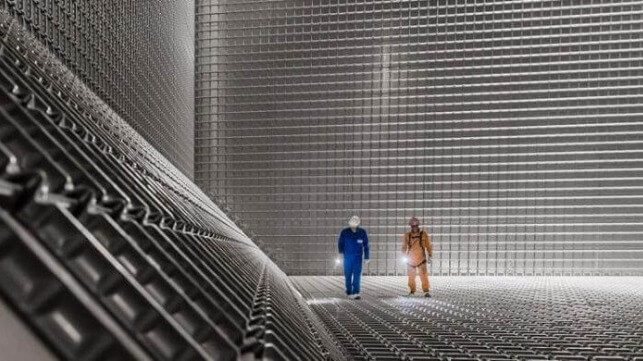 A consortium of French shipping, vessel design and energy companies have achieved approval in principle for a new membrane tank-based transport system for liquid hydrogen, including both the underlying containment technology and an initial vessel design. GTT, the longtime leader in membrane containment systems for LNG carriers, has designed a new system for containing and transporting liquid hydrogen. This new membrane system has now achieved an approval in principle from BV. (GTT also holds approval from DNV for a system developed in concert with Shell.)
A consortium of French shipping, vessel design and energy companies have achieved approval in principle for a new membrane tank-based transport system for liquid hydrogen, including both the underlying containment technology and an initial vessel design. GTT, the longtime leader in membrane containment systems for LNG carriers, has designed a new system for containing and transporting liquid hydrogen. This new membrane system has now achieved an approval in principle from BV. (GTT also holds approval from DNV for a system developed in concert with Shell.)
Read More
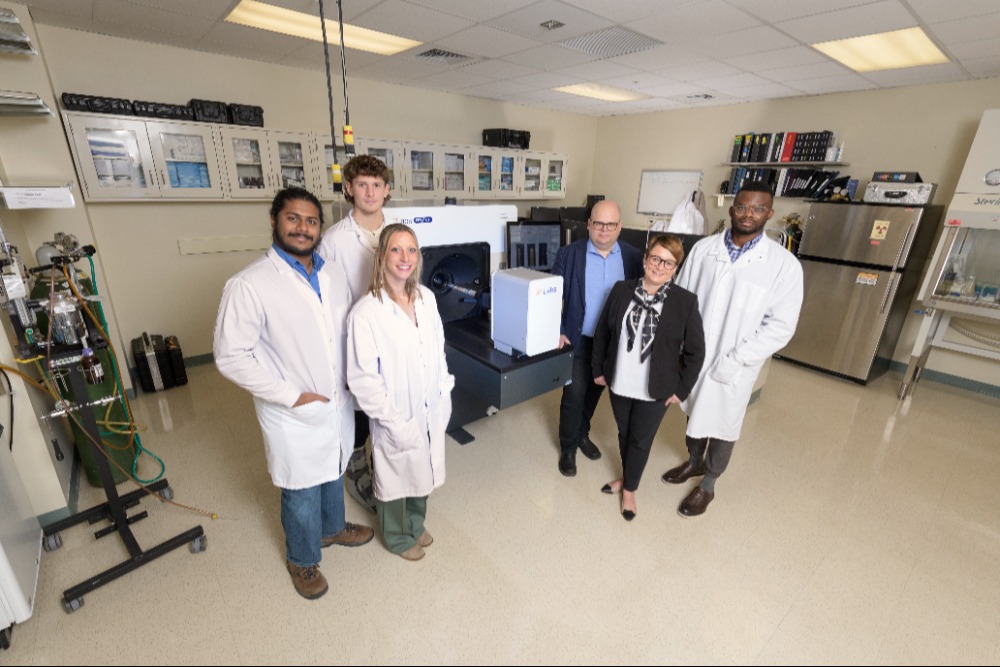 The Molecular Imaging Laboratory at the Beckman Institute for Advanced Science and Technology, with support from the Roy J. Carver Charitable Trust, has added to its imaging repertoire a new ultra-high-performance positron emission tomography and X-ray computed tomography scanner, opening new possibilities for cutting-edge research.
The Molecular Imaging Laboratory at the Beckman Institute for Advanced Science and Technology, with support from the Roy J. Carver Charitable Trust, has added to its imaging repertoire a new ultra-high-performance positron emission tomography and X-ray computed tomography scanner, opening new possibilities for cutting-edge research.
Read More
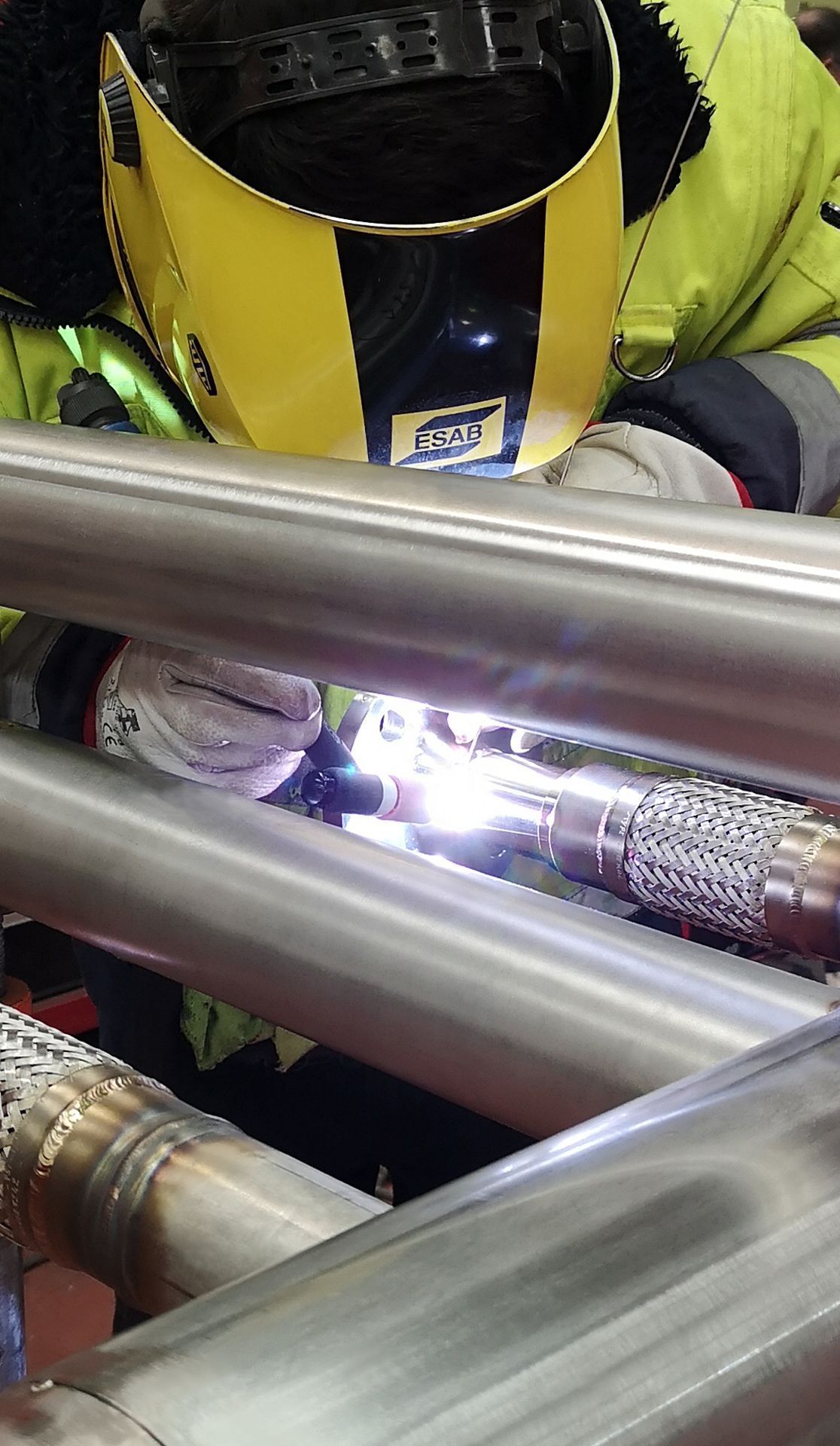 Cryospain demonstrates its dedication to pioneering cryogenic equipment through the design and production of state-of-the-art super-insulated pipes for cryogenics employing high vacuum technology. Positioned at the forefront of progress toward a more sustainable future, Cryospain continues to assert its central role in advancing innovative solutions.
Cryospain demonstrates its dedication to pioneering cryogenic equipment through the design and production of state-of-the-art super-insulated pipes for cryogenics employing high vacuum technology. Positioned at the forefront of progress toward a more sustainable future, Cryospain continues to assert its central role in advancing innovative solutions.
Read More
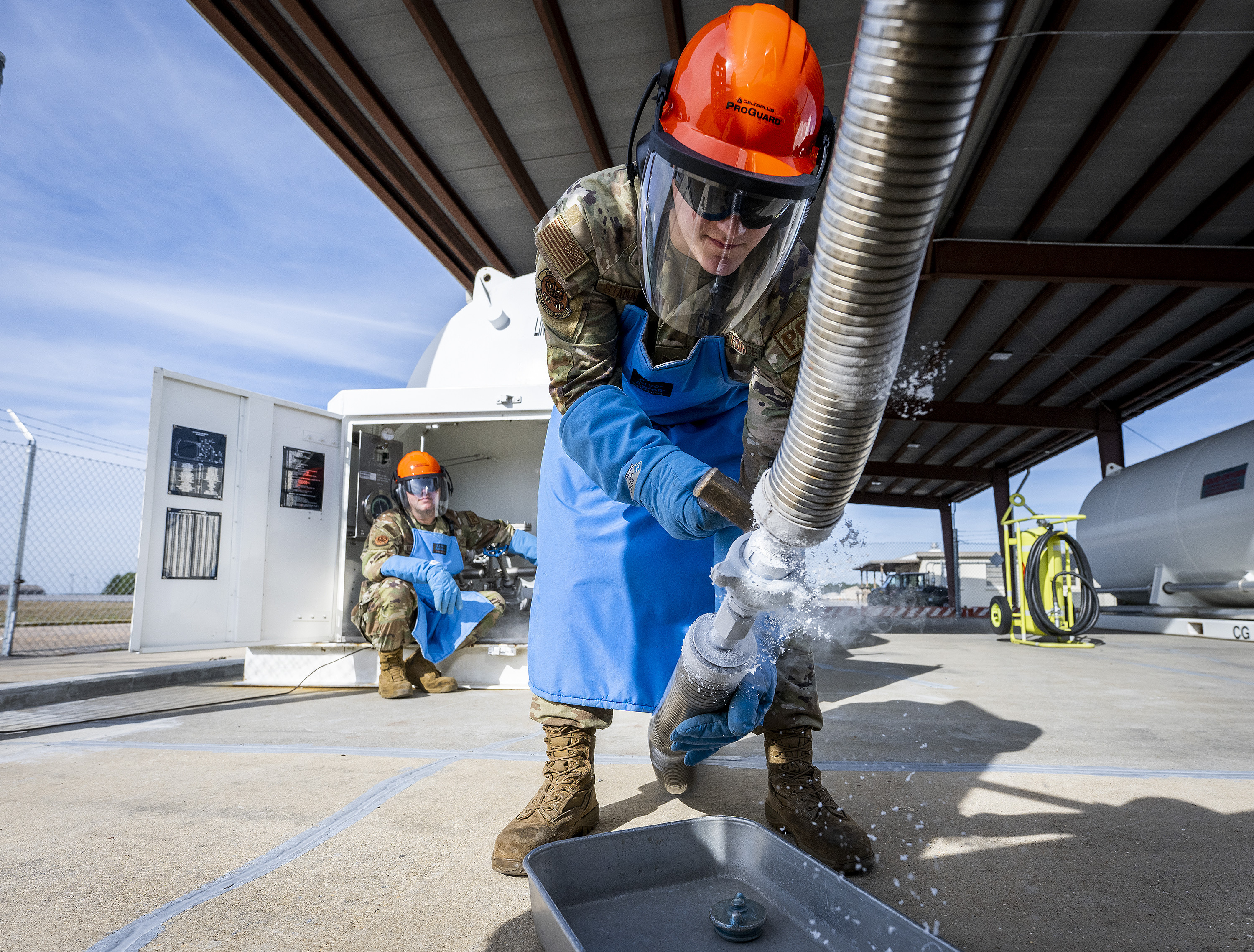 During the intense heat of summer and throughout the humid Florida fall, Airmen donned protective gear to handle, manage, and deliver over 19,000 gallons of liquid nitrogen at temperatures below minus 300 degrees Fahrenheit to support a three-month munition test at Eglin Air Force Base.
During the intense heat of summer and throughout the humid Florida fall, Airmen donned protective gear to handle, manage, and deliver over 19,000 gallons of liquid nitrogen at temperatures below minus 300 degrees Fahrenheit to support a three-month munition test at Eglin Air Force Base.
Read More
 As we enter 2024, the field of quantum computing continues to develop rapidly. Accessibility to quantum processing and the scaling of systems are key factors in the growing industry. Cloud-based services offer one potential access route to quantum processing, but systems are also being deployed for customers to host on-premises. Besides increases in accessibility, improvements are also needed in the quality of quantum bits, or qubits, themselves and the infrastructure that surrounds them. This includes scaling up the cryogenic infrastructure.
As we enter 2024, the field of quantum computing continues to develop rapidly. Accessibility to quantum processing and the scaling of systems are key factors in the growing industry. Cloud-based services offer one potential access route to quantum processing, but systems are also being deployed for customers to host on-premises. Besides increases in accessibility, improvements are also needed in the quality of quantum bits, or qubits, themselves and the infrastructure that surrounds them. This includes scaling up the cryogenic infrastructure.
Read More
 Two space infrastructure specialists, Space Machines Company and Spaceium, have joined forces to embark on what they believe to be the first-ever cryogenic refueling space mission in space in 2025. Under terms of a signed agreement, Canada’s Spaceium will integrate its cryogenic storage technology into Space Machine’s platform. Spaceium will then refuel Space Machines’ tanks with cryogenic fuel using stored reserves.
Two space infrastructure specialists, Space Machines Company and Spaceium, have joined forces to embark on what they believe to be the first-ever cryogenic refueling space mission in space in 2025. Under terms of a signed agreement, Canada’s Spaceium will integrate its cryogenic storage technology into Space Machine’s platform. Spaceium will then refuel Space Machines’ tanks with cryogenic fuel using stored reserves.
Read More
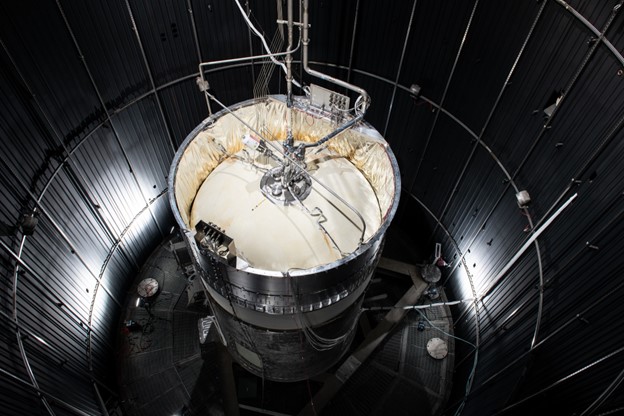 Establishing sustained operations on the moon and Mars presents a multitude of opportunities and challenges NASA has yet to encounter. Many of these activities require new technologies and processes to ensure the agency is prepared for its ambitious Artemis missions and those beyond. One of those challenges is working with cryogenic fluids, meaning fluids existing in a liquid state between minus 238 degrees Fahrenheit and absolute zero (minus 460 F). These fluids – liquid hydrogen (the most difficult to work with), methane, and oxygen – are vital to spacecraft propulsion and life support systems. The fluids may also be produced in the future on the lunar and Martian surfaces via in-situ resource utilization (ISRU).
Establishing sustained operations on the moon and Mars presents a multitude of opportunities and challenges NASA has yet to encounter. Many of these activities require new technologies and processes to ensure the agency is prepared for its ambitious Artemis missions and those beyond. One of those challenges is working with cryogenic fluids, meaning fluids existing in a liquid state between minus 238 degrees Fahrenheit and absolute zero (minus 460 F). These fluids – liquid hydrogen (the most difficult to work with), methane, and oxygen – are vital to spacecraft propulsion and life support systems. The fluids may also be produced in the future on the lunar and Martian surfaces via in-situ resource utilization (ISRU).
Read More
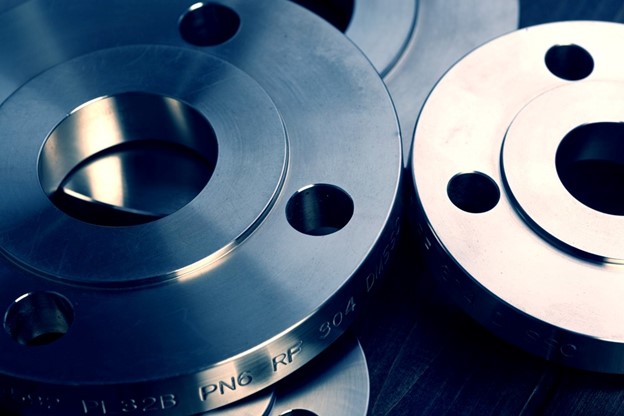 The machining process covers many material removal procedures; among them, grinding is one of the most important. Improved grinding is crucial to improve the overall machining process; hence, many researches focused on enhancing the performance of grinding operations by focusing on factors like wear, chattering vibrations, grinding wheel topography, temperature, and force surface roughness.
The machining process covers many material removal procedures; among them, grinding is one of the most important. Improved grinding is crucial to improve the overall machining process; hence, many researches focused on enhancing the performance of grinding operations by focusing on factors like wear, chattering vibrations, grinding wheel topography, temperature, and force surface roughness.
Read More
 GenH2 has signed an agreement with the University of Melbourne to provide the Cryostat CS500 simulation platform for cryogenic and hydrogen R&D projects. GenH2’s Cryostat CS500 system is capable of testing a wide range of thermal insulation systems, materials, composites, or panels under both cryogenic-vacuum conditions and real-world conditions.
GenH2 has signed an agreement with the University of Melbourne to provide the Cryostat CS500 simulation platform for cryogenic and hydrogen R&D projects. GenH2’s Cryostat CS500 system is capable of testing a wide range of thermal insulation systems, materials, composites, or panels under both cryogenic-vacuum conditions and real-world conditions.
Read More
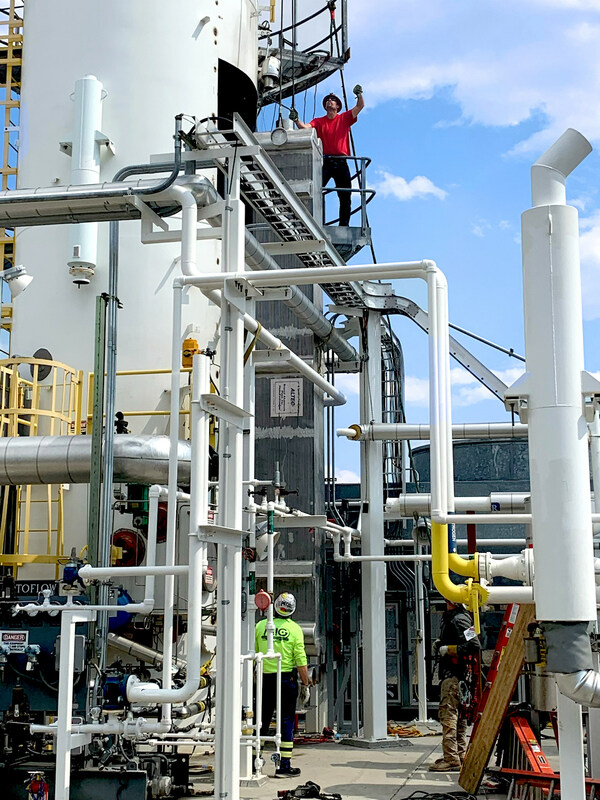 Maddox Industrial Group (MIG), a leader in delivering specialized industrial solutions to the air separation, energy, refining, petrochemical, wastewater, and other industries, has announced its strategic expansion into the Gulf Coast region. This growth is in collaboration with partner, Metalforms LLC (Metalforms), an industrial fabrication, services, and heat transfer solutions expert based in Beaumont, TX. MIG, a TransTech company, has gained recognition delivering specialized industrial solutions for cryogenic and mechanical systems. A trusted partner to the world's top industrial gas providers, MIG's superior solutions support optimal efficiency and reliability across the plant lifecycle.
Maddox Industrial Group (MIG), a leader in delivering specialized industrial solutions to the air separation, energy, refining, petrochemical, wastewater, and other industries, has announced its strategic expansion into the Gulf Coast region. This growth is in collaboration with partner, Metalforms LLC (Metalforms), an industrial fabrication, services, and heat transfer solutions expert based in Beaumont, TX. MIG, a TransTech company, has gained recognition delivering specialized industrial solutions for cryogenic and mechanical systems. A trusted partner to the world's top industrial gas providers, MIG's superior solutions support optimal efficiency and reliability across the plant lifecycle.
Read More
 Air Products announced it will build, own and operate a state-of-the-art carbon capture and carbon dioxide (CO2) treatment facility at its existing hydrogen production plant in Rotterdam, the Netherlands. The facility is expected to be on-stream in 2026, and the resulting "blue" hydrogen product to serve ExxonMobil’s (Esso) Rotterdam refinery and additional customers via Air Products' hydrogen pipeline network system. This will be the largest blue hydrogen plant in Europe once operational.
Air Products announced it will build, own and operate a state-of-the-art carbon capture and carbon dioxide (CO2) treatment facility at its existing hydrogen production plant in Rotterdam, the Netherlands. The facility is expected to be on-stream in 2026, and the resulting "blue" hydrogen product to serve ExxonMobil’s (Esso) Rotterdam refinery and additional customers via Air Products' hydrogen pipeline network system. This will be the largest blue hydrogen plant in Europe once operational.
The carbon capture retrofit will capture CO2 from Air Products' existing hydrogen plant and ExxonMobil’s Rotterdam refinery. The plant will be connected to the Porthos system, a consortium developing the first large-scale CO2 transport and storage system in the Netherlands which recently reached final investment decision approval. Along with CO2 from other industry in the port of Rotterdam, the captured CO2 will be transported to depleted gas fields in the North Sea, approximately 20 kilometers off the coast, where it will be permanently stored at a depth of more than three kilometers beneath the seabed.
Porthos allows Air Products to more than halve its CO2 emissions in the port of Rotterdam. This represents a substantial step for reducing Air Products’ direct emissions in the short term and contributes to meeting the Dutch National Climate Agreement targets. At the same time, Air Products is working hard to further decarbonise its own activities and those of its customers by realising plans to make green hydrogen available from imported renewable energy in the port of Rotterdam.
The project is being undertaken as part of long-term agreements with ExxonMobil and the Dutch State. Blue hydrogen from Air Products’ hydrogen production plant will help customers in industry and mobility transition, whilst also creating and retaining jobs in an important industrial area.
“Air Products has been actively present and investing in Rotterdam for decades,” commented Chief Operating Officer Dr. Samir J. Serhan. “Industrial companies here are continually looking for ways to realize synergies, create economies of scale, drive energy efficiencies and ultimately decarbonise. This project fulfils that demand. By sequestering CO2 through Porthos and bringing additional blue hydrogen to ExxonMobil and other customers, we can help generate a cleaner future.”
“ExxonMobil aims to achieve net-zero Scope 1 and Scope 2 emissions from its operated assets by 2050 and we’ve taken a comprehensive approach to create emission-reduction roadmaps for each of our facilities,” said Edward Dekker Kleijn, Rotterdam Site Manager. “We are pleased to build on our collaboration with Air Products to lower our environmental footprint. Carbon Capture and Storage is one of the critical technologies required to achieve the climate goals. This project is a great example of how industry works together to reduce carbon dioxide emissions in the Rotterdam port area.”
Read More
 The LCLS-XFEL at SLAC National Accelerator Lab has launched its upgraded version, LCLS-II, generating its first X-rays. This advancement is set to revolutionize research, offering unparalleled capabilities for studying quantum materials with remarkable precision. Scientists worldwide are queued up to explore various applications, from improving computing and communication technologies using quantum materials to understanding fleeting chemical reactions for sustainable industries and clean energy. Additionally, the upgrade enables investigations into biological molecules' functions for pharmaceutical advancements and opens doors to entirely new scientific realms by studying the world's fastest timescales.
The LCLS-XFEL at SLAC National Accelerator Lab has launched its upgraded version, LCLS-II, generating its first X-rays. This advancement is set to revolutionize research, offering unparalleled capabilities for studying quantum materials with remarkable precision. Scientists worldwide are queued up to explore various applications, from improving computing and communication technologies using quantum materials to understanding fleeting chemical reactions for sustainable industries and clean energy. Additionally, the upgrade enables investigations into biological molecules' functions for pharmaceutical advancements and opens doors to entirely new scientific realms by studying the world's fastest timescales.
Read More
Cryo-Engineering for SRF
![Figure 1. A- Low β Nb cavities,[1] B- TESLA style cavity, and C- Cavity in LHe vessel.[2] Credit: A. Lombardi et al. and C. Pagani. Figure 1. A- Low β Nb cavities,[1] B- TESLA style cavity, and C- Cavity in LHe vessel.[2] Credit: A. Lombardi et al. and C. Pagani.](https://cryo.memberclicks.net/assets/news/SRF%20Fig-1.png) Fifty-Five Years of Inextricable Success-Superconducting Radio Frequency (SRF) cavities are vitally central to SRF accelerators, boasting a Q factor about 105 times higher than copper cavities and the capability to produce accelerating fields (Eacc) on an order of magnitude greater than copper in CW. In the 1960s, SRF cavities were delicate instruments used by pioneering scientists in several prestigious labs. Over the past 55 years, the synergy between cryogenics and SRF accelerators has consistently proven mutually beneficial and successful. Today, the landscape has evolved significantly, with potential markets for industrial electron beams reaching $10 billion annually. Various SRF cavities mainly made from Nb (Figure 1)[1-2] are widely used in high energy physics, nuclear science, FEL, XFEL, synchrotron lights, computer chips, and medical and industrial applications.
Fifty-Five Years of Inextricable Success-Superconducting Radio Frequency (SRF) cavities are vitally central to SRF accelerators, boasting a Q factor about 105 times higher than copper cavities and the capability to produce accelerating fields (Eacc) on an order of magnitude greater than copper in CW. In the 1960s, SRF cavities were delicate instruments used by pioneering scientists in several prestigious labs. Over the past 55 years, the synergy between cryogenics and SRF accelerators has consistently proven mutually beneficial and successful. Today, the landscape has evolved significantly, with potential markets for industrial electron beams reaching $10 billion annually. Various SRF cavities mainly made from Nb (Figure 1)[1-2] are widely used in high energy physics, nuclear science, FEL, XFEL, synchrotron lights, computer chips, and medical and industrial applications.
Read More
 Antarctica is vital for cold research, from understanding our fragile climate to tracking local fauna. Energy is critical to this research as it supports expeditions and heating bases. Reliance on diesel import is leaving a dark legacy on the continent, as the buildup of black carbon is causing accelerated rates of animal birth defects and melting ice shelves.[1,2] We must transform our Antarctic fueling practices with urgency if we are to preserve our last clean continent.
Antarctica is vital for cold research, from understanding our fragile climate to tracking local fauna. Energy is critical to this research as it supports expeditions and heating bases. Reliance on diesel import is leaving a dark legacy on the continent, as the buildup of black carbon is causing accelerated rates of animal birth defects and melting ice shelves.[1,2] We must transform our Antarctic fueling practices with urgency if we are to preserve our last clean continent.
Read More
High temperature superconducting (HTS) tapes, which have emerged over the last decade, are enablers for new technologies. Specifically, high temperature superconducting magnets to enable commercial fusion energy are arguably the most tantalizing and potentially impactful. Fusion energy would be a long-envisioned source of firm, safe, carbon-free electricity whose successful development requires creative, innovative cryogenic engineering.


